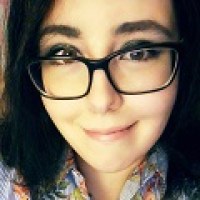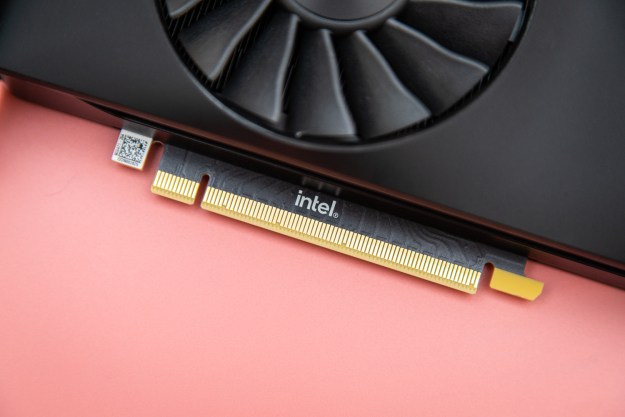Intel has just announced that it will support AV1 video coding technology in the new Intel Arc GPUs.
The tech will offer hardware-accelerated encoding that may have a huge impact on video streaming quality, making it potentially attractive to streamers and viewers alike.

AV1 stands for AOMedia Video 1 and is a royalty-free video coding format. It was first designed to support and improve the quality of video streams over the internet. Today, Intel announced that it will be adopting this format on its Arc GPUs, potentially giving a huge boost in video quality to streamed content.
Upon the release of Intel Arc Alchemist discrete graphics cards, AV1 is going to be Intel’s video encoding standard and will have an impact on the way content looks when streamed live. As such, considering that Intel is going to be the first in line to offer this kind of support for this technology, it could potentially make its GPUs much more interesting to streamers than they would have been otherwise. Of course, this depends on whether the technology is as good as it seems in Intel’s preview.
Intel promises to deliver up to 8K quality in both decoding and encoding in AV1. Decoding maxes out at 8K and 60 frames per second (fps) in 12-bit HDR quality, while encoding goes up to 8K resolution at 10-bit HDR. Intel refers to this as the industry-first full AV1 hardware acceleration and claims that the technology will prove to be up to 50 times faster than software encoding.

Intel showed off a video of two separate streams of Elden Ring in order to demonstrate the power of AV1. To do so, game footage was captured via XSplit gamecaster in 1080p at 5Mbps. The first video used the H.265 advanced video coding (AVC) standard while the second video relied on Intel’s AV1.
Although at first glance, the difference in image quality may seem rather small, pausing reveals just how much more detailed the stream is when AV1 is being used. Environmental details, such as rocks, grass, and ground clutter, all have their own shape and texture. The stream on the left side, while it shows almost the exact scene from the game, is nowhere near as detailed and comes off as blurry in comparison.
The video goes on to display both background and foreground improvements, showing crisp graphics in the stream encoded in AV1 in every frame. Even individual blades of grass look much more pronounced in AV1, despite the fact that both streams are consuming the same bandwidth and are running at 1080p. The difference is definitely there, indicating that the technology shows a lot of potential when paired with Intel’s discrete GPU.
Intel Arc graphics cards are a huge milestone for Intel, marking the company’s entrance into the discrete GPU market. First found in laptops, they will be available in a desktop version later this year.
Editors' Recommendations
- Intel Battlemage graphics cards: release date speculation, price, specs, and more
- Nvidia RTX 50-series graphics cards: news, release date, price, and more
- Intel may be throwing away an important opportunity
- Intel may already be conceding its fight against Nvidia
- Intel’s forgotten GPUs are still happening





